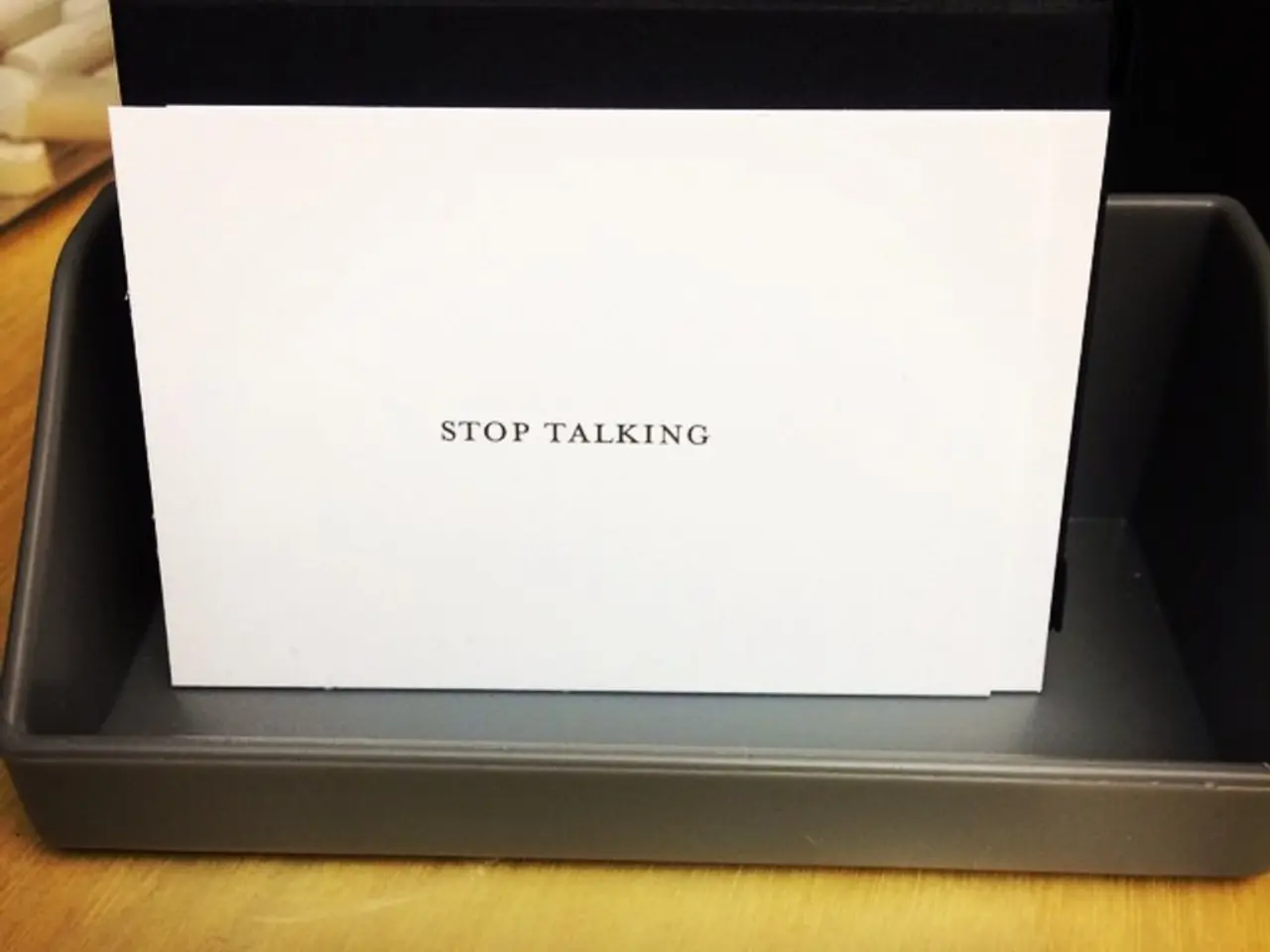Strategies for Dealing with an aggravating Email Communication
In the world of professional communication, it's not uncommon to receive emails that are curt, aggressive, or convey dissatisfaction. These situations can trigger emotional responses, but it's essential to remain grounded and navigate them with emotional intelligence. Here's a structured five-step process that can guide your response, transforming tension into an opportunity for repair and growth.
- Pause before responding: Avoid replying immediately, especially when upset. Take time to cool off and reflect to prevent reacting emotionally or impulsively.
- Acknowledge and show empathy: Begin your response by recognizing the sender’s feelings and apologizing if appropriate, e.g., “I understand why you’re frustrated” or “I’m sorry you’ve had this experience.” This demonstrates emotional intelligence by validating emotions without escalating conflict.
- Maintain a calm, respectful, and professional tone: Keep language courteous and solution-focused, avoiding blame, defensiveness, or sarcasm. Tailor your tone to the recipient and context while being clear and concise.
- Be clear and actionable: State what you will do to resolve the issue or provide alternatives (refund, replacement, next steps). Use simple language and a positive structure such as the “positive sandwich” (empathy, solution, polite closing).
- Personalize the email: Use the recipient’s name and reference prior communication to show you care and are attentive.
- Proofread carefully: Ensure your message is free of spelling errors, awkward phrasing, or unintended harshness by reviewing it before sending.
- Avoid sensitive or complicated topics by email if possible: Save issues requiring nuance or privacy for phone or face-to-face conversations.
- Respond promptly but thoughtfully: Aim for timely replies to preserve trust, but don’t rush and compromise quality.
By following these practices, you can de-escalate tension, demonstrate emotional intelligence, and promote constructive resolution in professional email communication. Clarifying one's position without assigning blame focuses on the actual content and business issues at stake. Addressing the issue at hand involves acknowledging the concerns raised by the sender and offering a solution. Providing practical solutions and emphasizing future improvements helps manage crises effectively and demonstrates the reliability and maturity that organizations value deeply. Acknowledging the sender's effort in raising concerns and closing with a positive note reinforces a positive tone and leaves the conversation on a constructive note.
- Even when discussing sensitive topics such as lifestyle, fashion-and-beauty, or food-and-drink in an email, it's important to approach them with empathy and a calm, respectful tone.
- When dealing with issues related to home-and-garden or travel, being able to provide actionable solutions and creating a clear, concise plan can help to repair any damages and foster positive relationships.
- If conversations about relationships or pets arise, it's crucial to validate emotions, show understanding, and offer practical solutions or alternatives, demonstrating emotional intelligence.
- In emails that involve cars or shopping, ensure you respond promptly, maintain professionalism, and provide clear next steps—all while personalizing the message and avoiding any errors or harshness in your communication.





